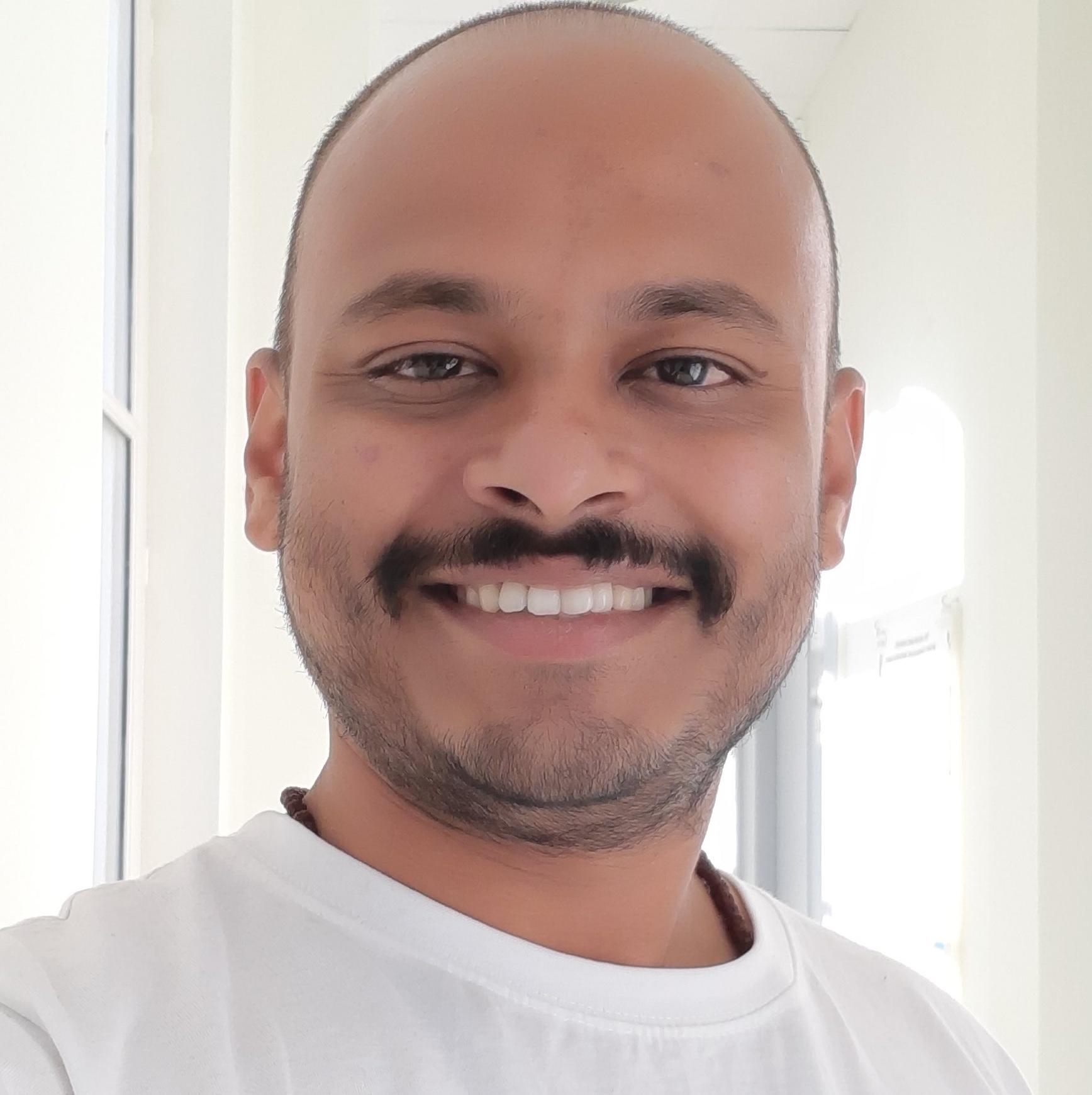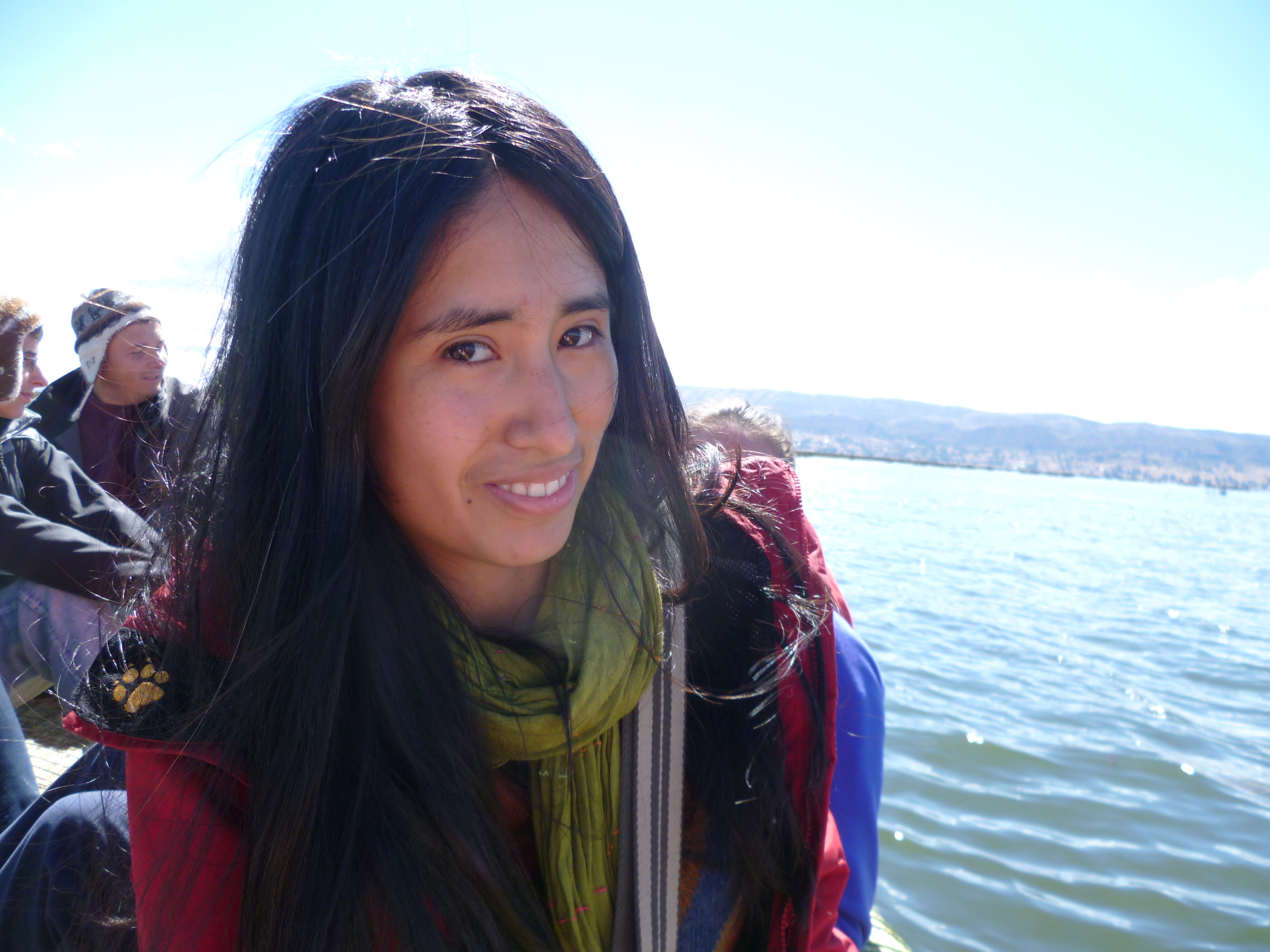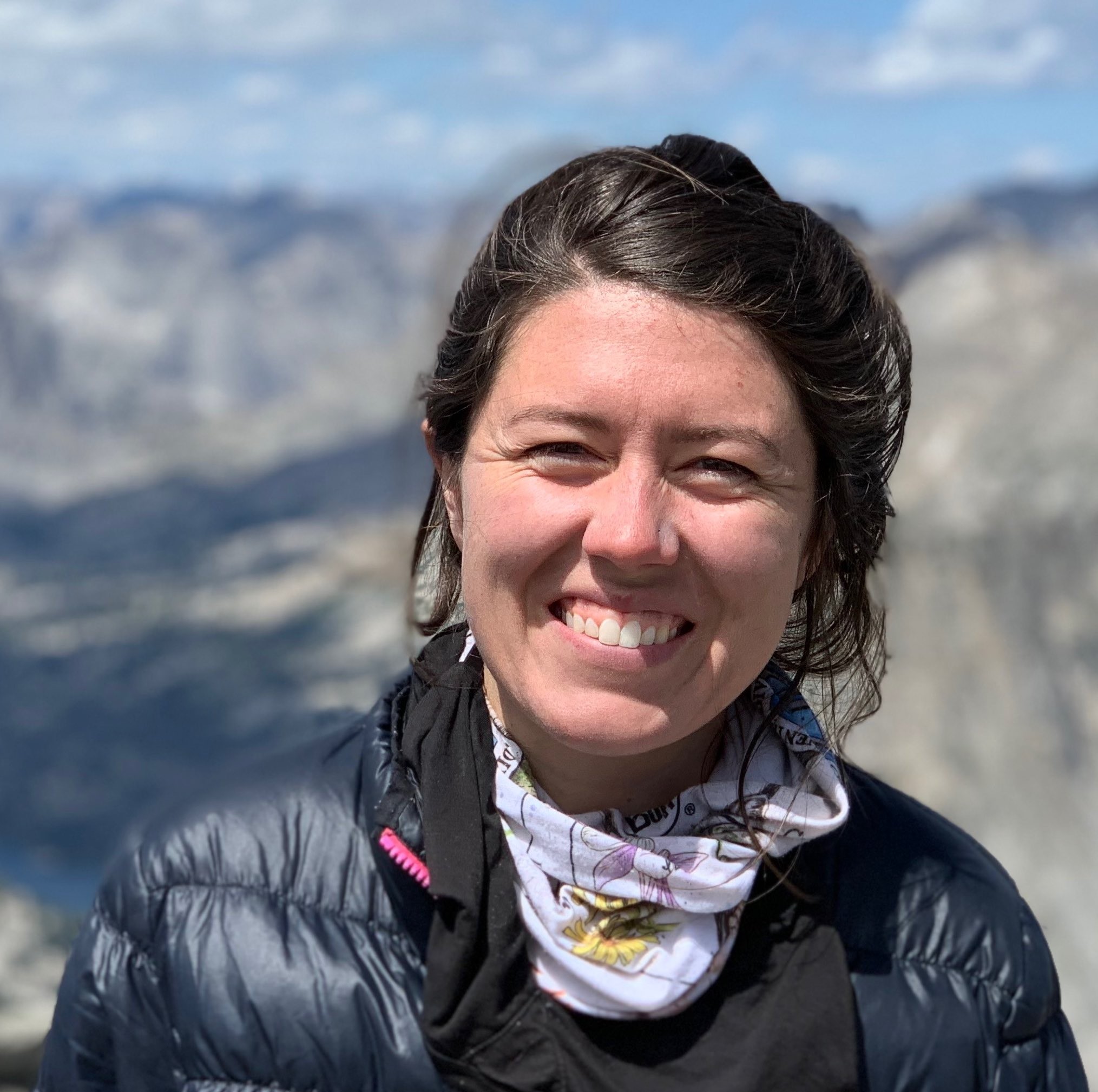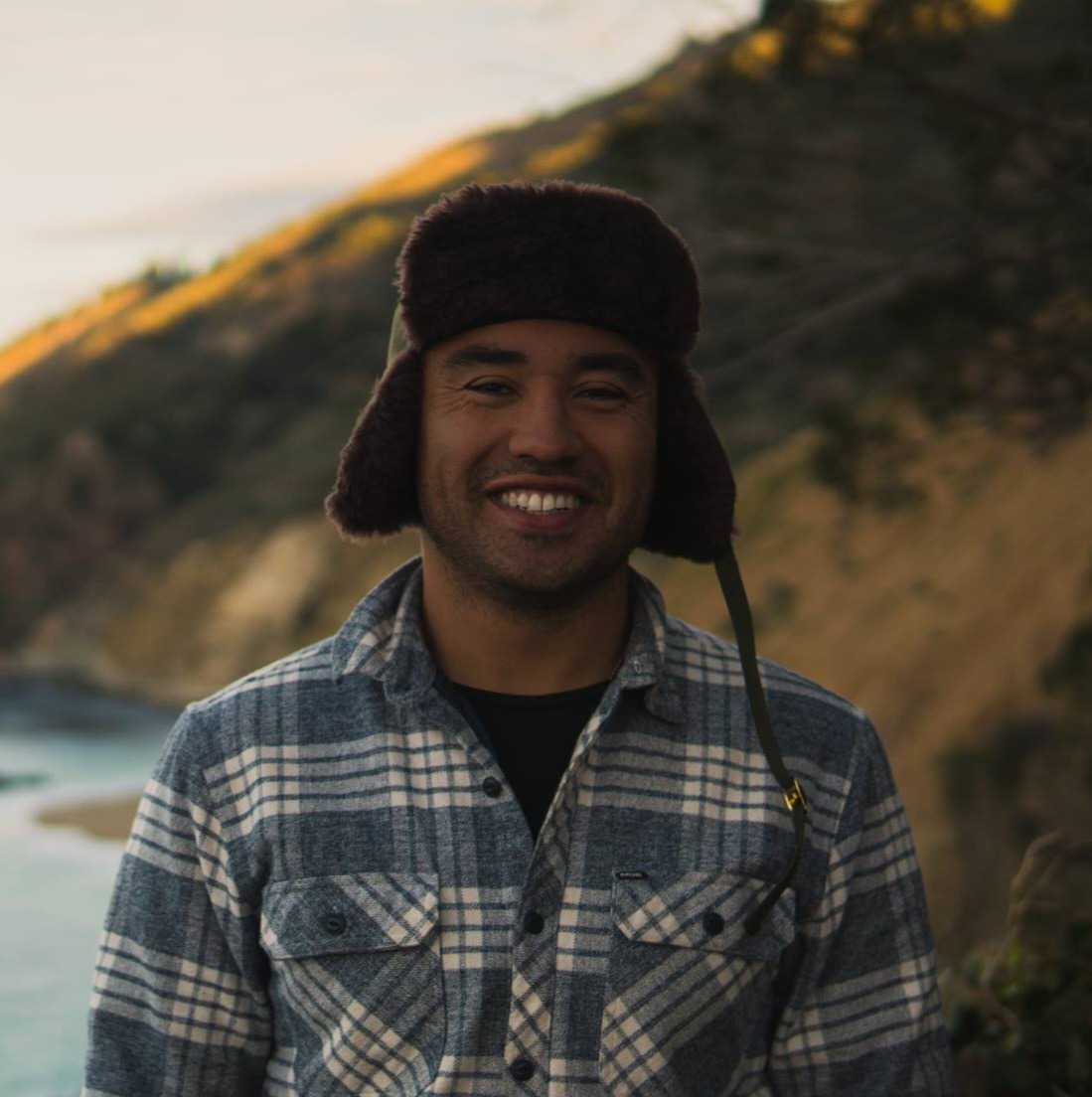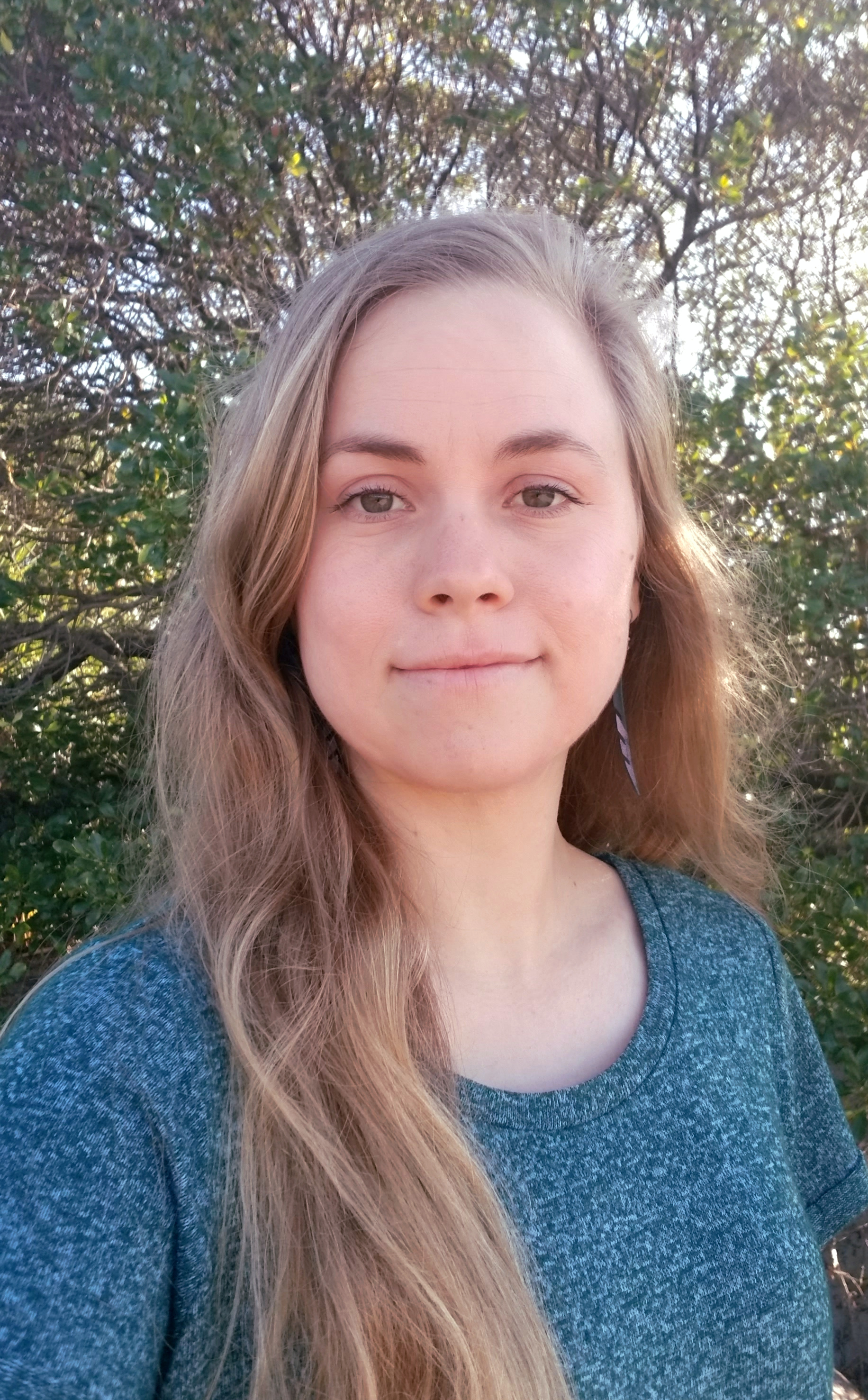About the sedaDNA scientific society
The sedaDNA scientific society aims to transmit information about current sedaDNA research, promote best practices and increase collaborations between research groups. Our research is based on the use of the sedimentary ancient DNA (sedaDNA), a tool largely used to track past long-term changes in terrestrial and aquatic biodiversity.
The primary aim of the society is to share information about sed(a)DNA research. To do so, we provide monthly newsletters, a literature survey as an excel file and on google scholar. To contribute to the literature survey, please send us the links of your publications here.
The society is currently composed by 460 members. Registration for membership is for free - and always will be - as well as access to all our tools. Members do not need to be experts in sedaDNA to be part of the society; any researcher - following our code of conduct - is warmly welcome.
Quick links:
Check out the Events tab - our next meeting is in June 2025 in Tromsø.
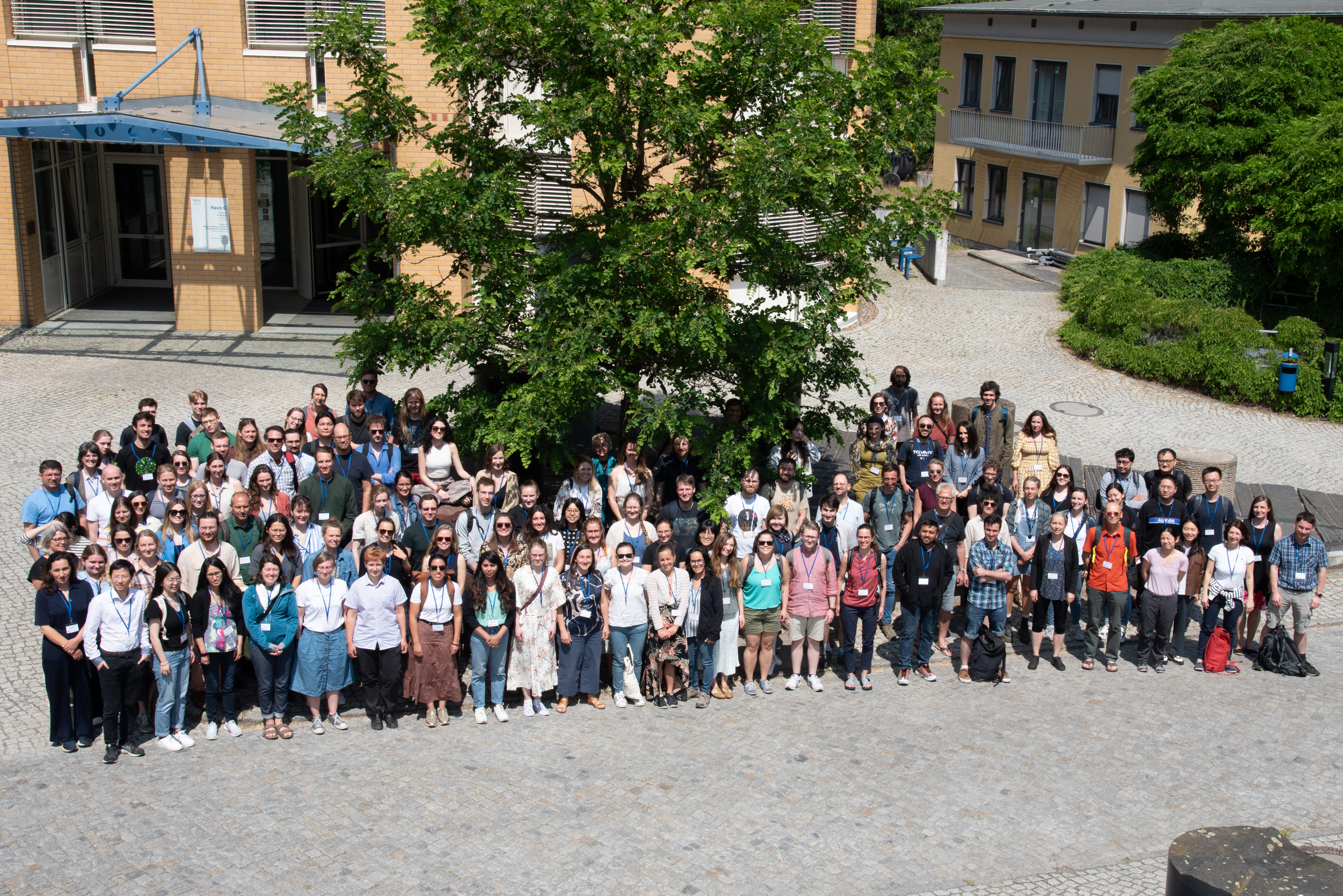 First sedaDNA meeting in Potsdam (Germany), 6-9 June 2023
First sedaDNA meeting in Potsdam (Germany), 6-9 June 2023
Our collaborative projects
The new edited book “Tracking Environmental Change Using Lake Sediments: Volume 6 – Sedimentary DNA” aims to provide an overview of the sedimentary DNA-based approaches in paleolimnology, and more specifically on the recovery of the DNA preserved in sedimentary archives to study past environmental changes. This book is a natural continuation as the 6th Volume of the DPER book series, which previous volumes addressed: Vol 1: Basin Analysis, Coring, and Chronological Techniques; Vol 2: Physical and Geochemical Methods; Vol. 3 Terrestrial, Algal, and Siliceous Indicators; Vol 4: Zoological Indicators; and then later Vol 5: Data Handling and Numerical Techniques. Editors are Eric Capo, Cecilia Barouillet and John Smol. Chapter lead authors are members of the sedaDNA scientific society. Publication foreseen in 2023. Work in progress.
The PAGES PaleoEcoGen Working Group named 'Unlocking the power of ancient environmental DNA to understand past ecological trends' aims to exploit emerging ancient eDNA tools to advance our knowledge of critical transitions in Earth’s Quaternary history. To this end, PaleoEcoGen, launched in August 2021, wants to stimulate and enhance international ancient eDNA research by organising topical workshops to discuss new methodologies in the field (including synthetic analyses and modelling approaches), and to coordinate research efforts for bigger picture analyses that, ultimately, will help to inform conservation efforts and future biodiversity assessments.
The African sedaDNA Working Group was created in June 2021 to encourage African researchers to engage and lead sedaDNA research. We want to provide access to information, technical support and expertise, as well as facilitate exchange of students and researchers between research groups within the sedaDNA scientific society. The ultimate goal of this initiative is to empower African researchers so they can play a central role in African lakes sedaDNA research in the near future.
The Ancient Environmental DNA Cyberinfrastructure Working Group - The number and extent of ancient DNA records from sedimentary environments (sedaDNA) is rapidly increasing, which creates new opportunities for integrative and macroscale investigations into past population, community, and environmental dynamics at unprecedented taxonomic resolution and spatiotemporal extent. Since summer 2020, this working group has been meeting regularly to assess the current state of science and informatics, assess needs and gaps, and establish recommendations for joint analysis of many sedaDNA records.
The Fish sedDNA Working Group intends to increase the application of fish environmental DNA in environmental monitoring and advance our knowledge of how it is preserved in aquatic sediments. The group's efforts are directed toward overcoming the methodological and ecological uncertainties that hinder the detection of fish sedDNA. The working group was established in August 2022 on the basis of an international network of experts that coordinate research efforts in creating innovative approaches to further the use of fish sedDNA in directing conservation efforts and future biodiversity assessments.
The organizing board
To see our organising board and advisory board, click here
About the creation of the society, click here

